Whether you’re a firearms enthusiast, or just getting introduced to the world of guns, you’ve most likely heard of Springfield Armory, Inc. in Geneseo, Illinois. But do you know the history and iconic heritage of the name Springfield Armory? I found interesting information and resources about Springfield Armory that I think you will enjoy.
Gear Up is sponsored by Springfield Armory, Inc.
The year 1777 included these highlights:
Also, in that same year, under the authority of Gen. George Washington, commander-in-chief of the Continental Army, an arsenal was established in Springfield, Massachusetts, on a hill above the Connecticut River. The town’s location on the banks of the river and intersections of major highways offered access to raw materials, skilled manpower and adequate waterpower.
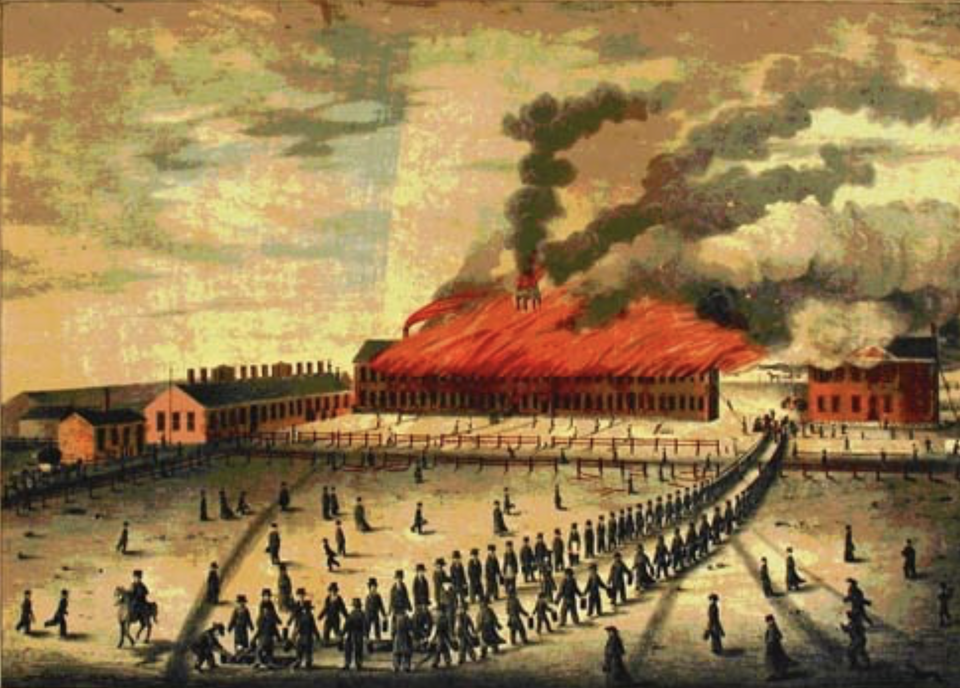
The arsenal stored and repaired muskets, cannons and other weapons. It also produced paper cartridges and gun carriages.
In 1787, the arsenal became the center of Shay’s Rebellion. During this event, poor farmers tried to seize the arms at Springfield. Their lands were being taken for debt and the farmers wanted to use the firearms to force the closure of the courts. Although they failed at their attempt, many wealthier people now supported the new federal Constitution, which supported a stronger central government.
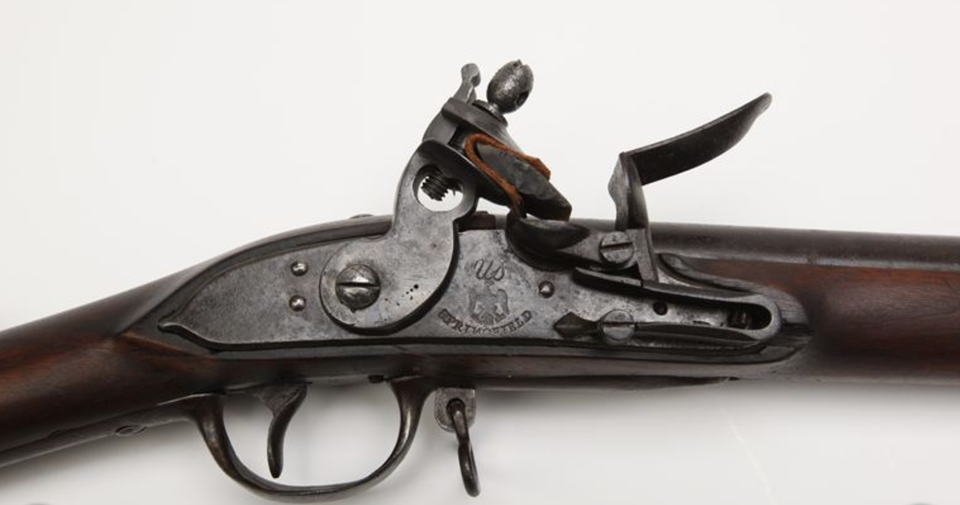
In 1794, the federal government decided to manufacture its own muskets so the nation would no longer depend on foreign arms. Pres. Washington chose Springfield as the site of the first federal armory (another was created at Harpers Ferry, Virginia). Soon, Springfield Armory began manufacturing the Springfield Flintlock Infantry Musket, the first official musket of the United States and patterned after the French Model 1763 Charleville musket. That first year, Springfield Armory manufactured 245 muskets. Thoughout the years, approximately 80,000 muskets were used by the US Army, Navy and Marines until production discontinued in 1814.
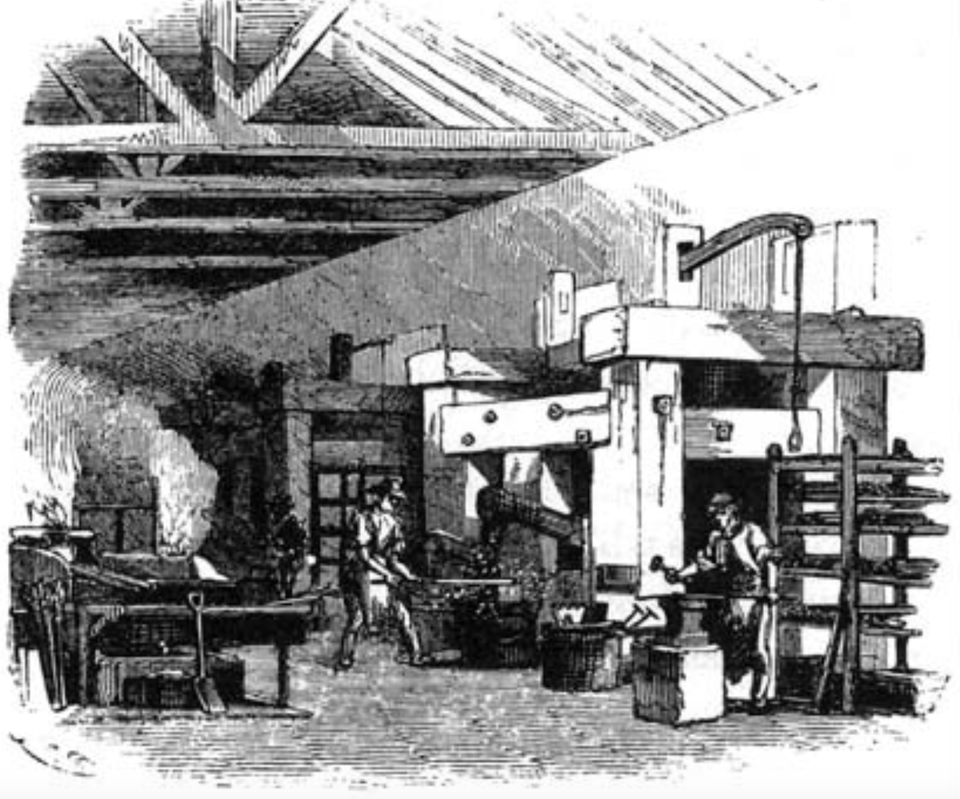
Here are some of the inventions from Springfield Armory:
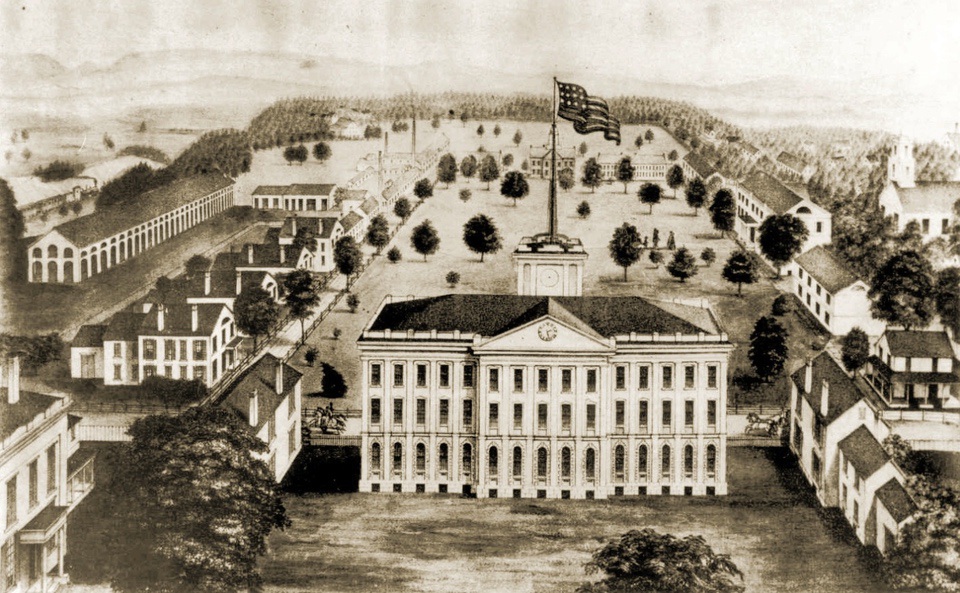
The 1890s brought a change to the armory. It now functioned as the Army’s main laboratory for the development and testing of new small arms. During the Vietnam War, besides rifles, Springfield Armory also developed machine guns and grenade launchers.
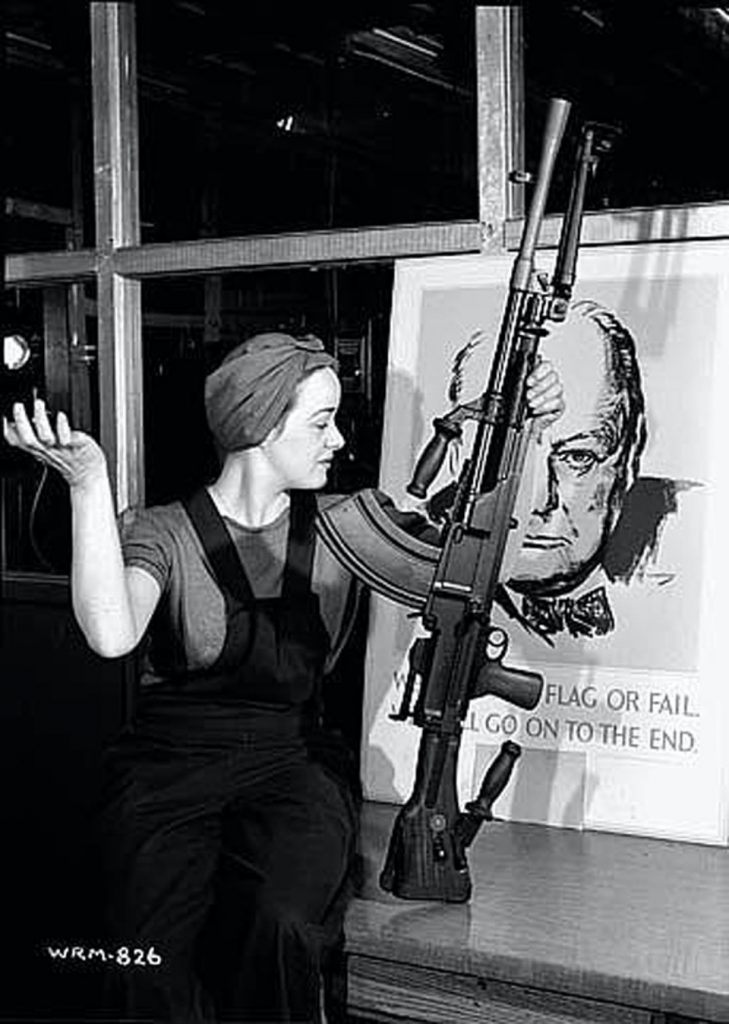
Sadly, in 1968, the Defense Department closed Springfield Armory. The Springfield Armory National Historic Site is part of the National Park Services. Yes, you can visit the 55 acres and several buildings of the original armory complex.
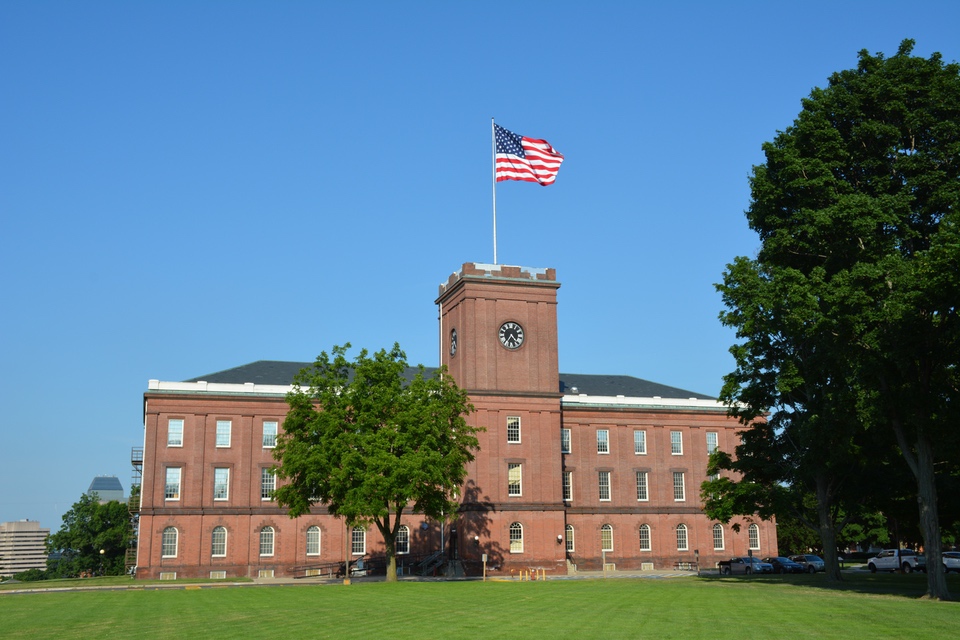
Springfield Armory National Historic Site search here.
Springfield Armory Museum Collections here.
Learn more about the Model 1795 Musket from the NRA Museum.
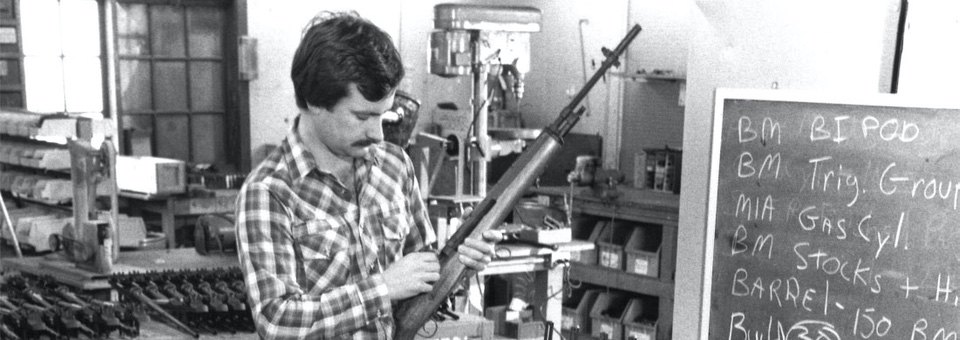
In 1974, the Reese family rescued both the name “Springfield Armory” and the philosophy that drove it for centuries. Springfield Armory, Inc., located in Geneseo, Illinois, now carries on the legacy.
Michelle Cerino, aka Princess Gunslinger, first entered the firearms industry in 2011 as co-owner, president and trainer at a national training company. She immediately began competing in both 3-Gun and NRA Action Pistol, becoming a sponsored shooter. Michelle is currently a columnist and Managing Editor of Women’s Outdoor News, as well as owner of Pervenio LLC. She also manages social media for Vera Koo and FASTER Saves Lives. Michelle encourages others to step out of the comforts of home and explore. View all posts by Michelle Cerino
Thank you Cathy. For more information look at the links I included. I bet you can find something in there.
Great article, the Pionneer Valley and the Connecticut River corridor have been home to some of the countries greatest manufacturers of firearms. I would be curious about how the Armory tied into the development of the industry locally and nationwide.